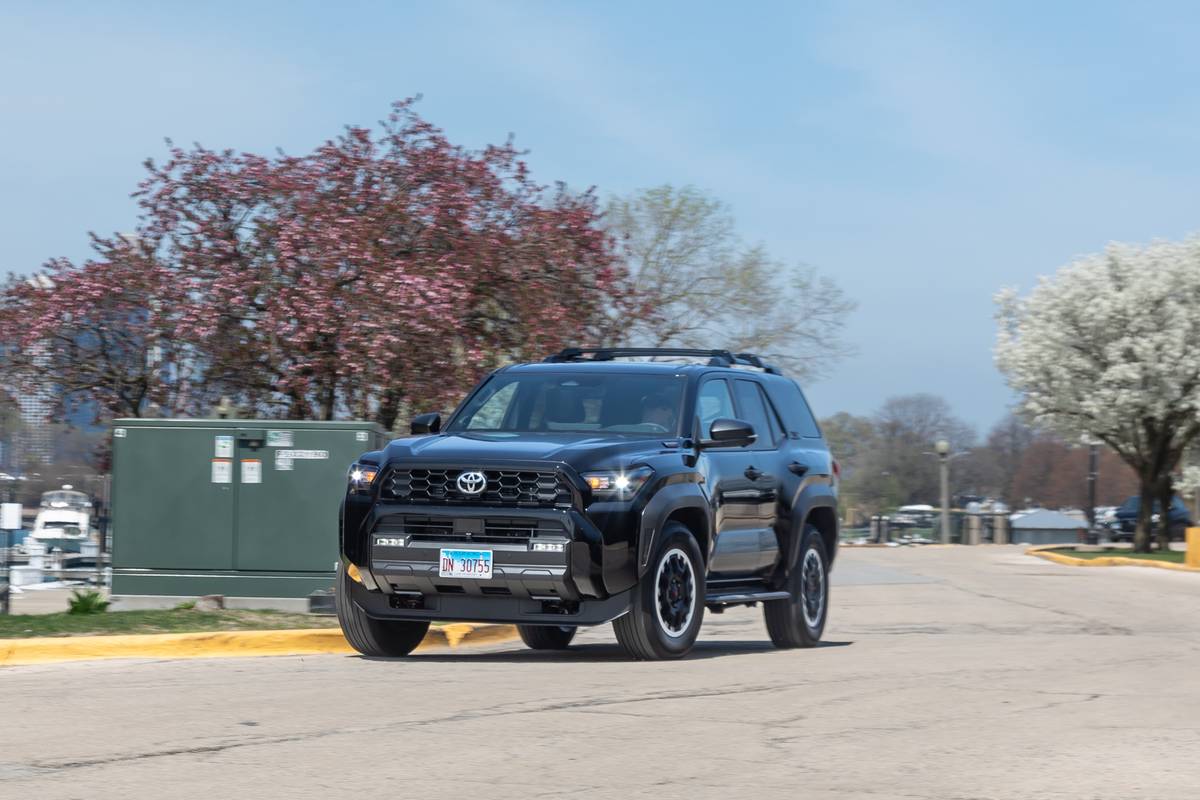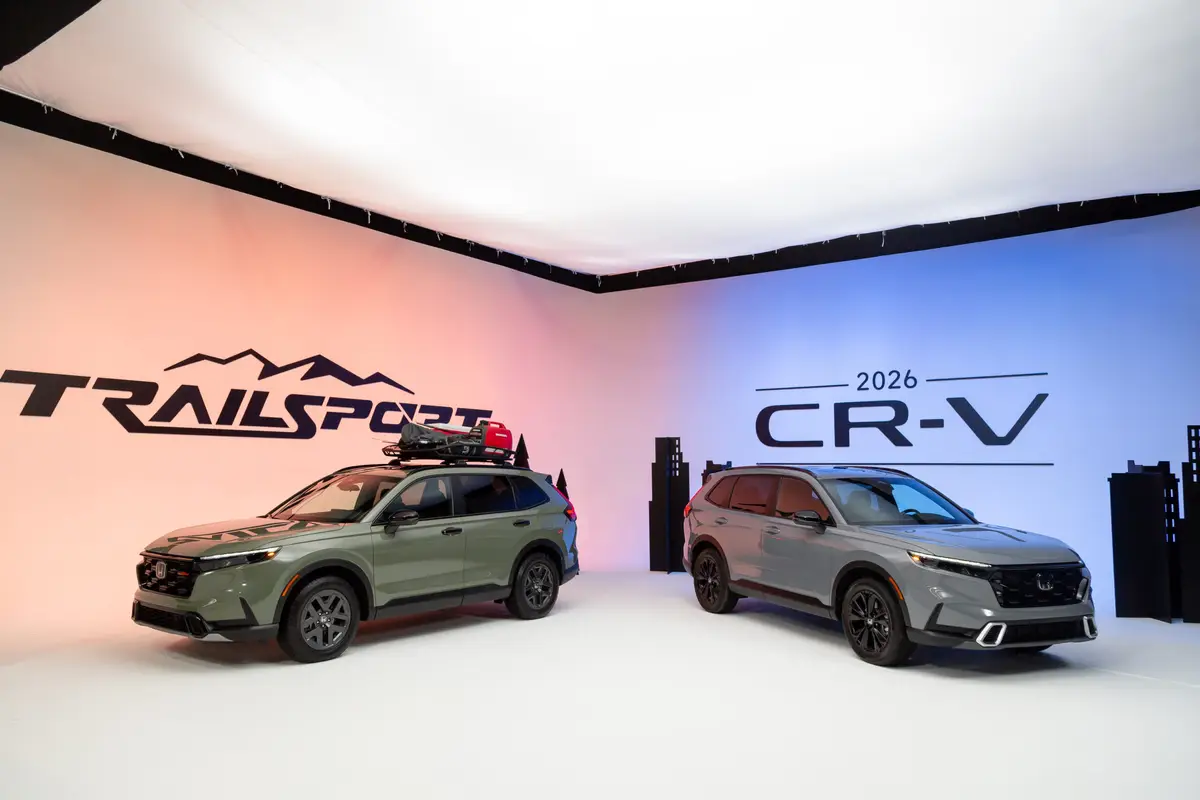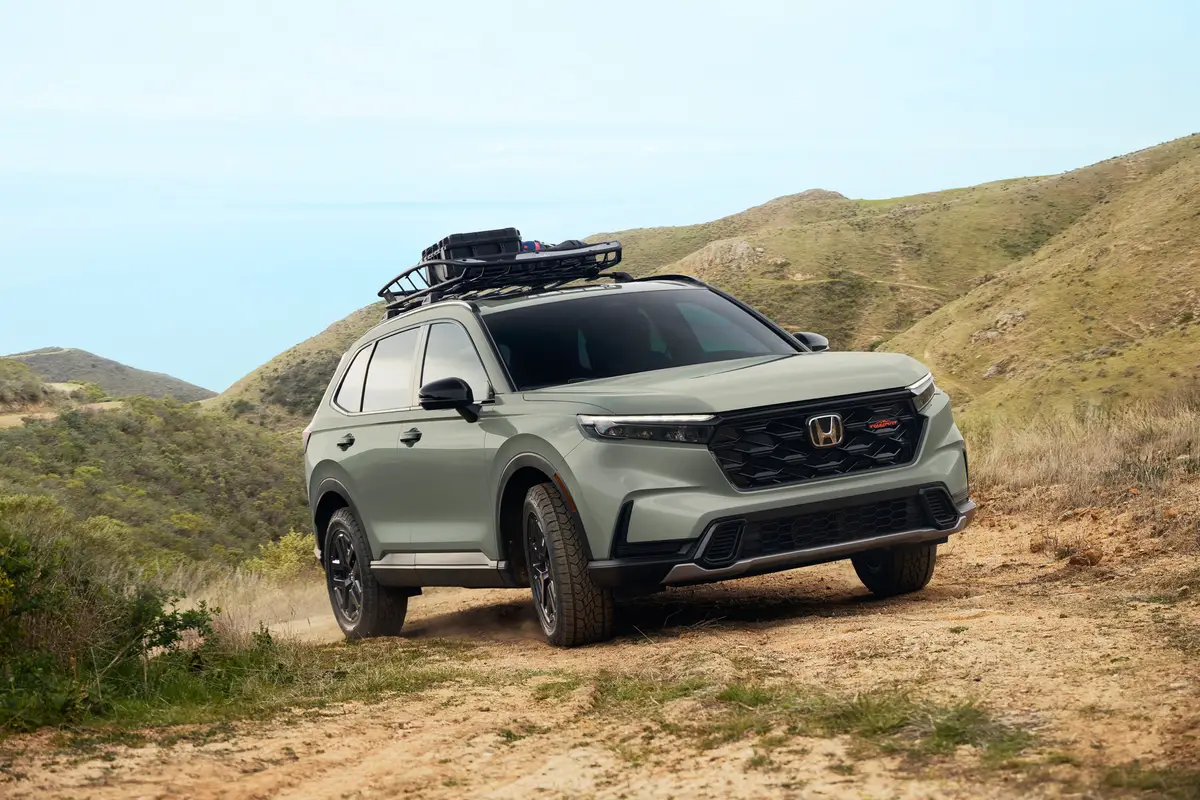Boston.com's view
AUSTIN, Texas — No one likes admitting they look bad. But Acura’s PR executives, jogging through a semi-awkward script and nearly 60 PowerPoint slides, actually had the bones to say it during a new car launch.
I’m paraphrasing, but for an hour it went something like this: “The 2012 Acura TL may look like the current car, but it’s much less strange looking. When we redesigned the TL three years ago, we thought we were pushing the edge like Cadillac, except our harsh angles and that pointy, bulging snout weren’t as attractive as we thought they were. Kind of ugly, really.
“So this mid-cycle update has lots of little design tweaks, not to mention better fuel economy and a new 6-speed automatic.”
There, doesn’t that feel better to let it all out?
Most car companies aren’t half as honest. To save face and cost, they’ll stick with an unpopular design to the very end of the model’s lifecycle, even if it means being beaten and dragged into the fire. BMW, citing record sales, refused to throw out its stunningly complex iDrive system on the 2002 7-Series until that car was redesigned in 2009. When Porsche threw out the 911’s iconic round headlamps for L-shaped units in 1999, they waited six years to bring them back.
In recent memory, only Subaru has been quick to mend a mediocre design, when it replaced the ill-fated “bug-eye” headlamps on the new-for-2002 Impreza after two model years.
But it’s not just headlamps that cause a visual stir. Safety, value, and other practical attributes aside, a car’s exterior design is often the number-one reason people buy, or don’t.
Think about that kind of pressure. It takes millions of dollars and thousands of hours to turn a designer’s dinner napkin sketch into a living, full-metal production car. Along the way, car designs have to satisfy a bureaucrat’s stack of safety requirements, add a few ticks to fuel economy, and pass muster from the accountants and every suit with a corner office. Assembly lines have to be retooled, parts suppliers contracted, and lavish hotels booked for piggish auto journalists during the model launch. But in all that mess, years before the cover comes off, a design has to look good.
Preferably, amazing.
Hyundai and Kia are in that latter camp with their new Sonata and Optima sedans. And while Acura hasn’t made a classic hit since the long-gone Integra and exotic NSX, they’ve got a capable sedan that looks like nothing else on the road, whether you like it or not.
For 2012, Acura scaled down the “power plenum” — their name for that big, silver schnoz across the lineup — and they’ve tidied up the TL in all directions. Thinner headlamps, a flatter front bumper, shorter front and rear overhangs, smaller reflectors, a raised license plate holder out back — elements that by themselves seem insignificant, but add up to a sleeker package. Still, if you park a 2011 model next to it, you’ll have to really study the new car to find them. (For the interior, they added a “phone” button to the dash.)
Engines are unchanged, with the front-wheel-drive model’s 3.5-liter, 280-horsepower V-6 and 3.7-liter, 305-horsepower V-6 for the all-wheel-drive SH-AWD. A new 6-speed automatic replaces the 5-speed, and together with lower-friction engine components helps bump gas mileage up to 20 city, 29 highway for the base car (versus 18 city, 26 highway). The “super handling” AWD model raises its glass to 18/26, up one for each. A 6-speed manual is available on this trim, and the couple hundred people who order it enjoy one of the best-kept secrets among sport sedans. A precise, well-weighted clutch and a smooth, short-throw shift gate are the perfect match for the sprightly V-6.
Gone are the SH-AWD’s optional summer tires — snowy markets like ours avoided them completely — but otherwise, handling and performance are unchanged. Acura has used a torque-vectoring system since 2005, which can literally steer the car through a turn by sending most or all of the rear axle’s torque to the outside wheel. Where the front-wheel-drive TL understeers heavily in tight turns, the SH-AWD enters them at higher speeds and yanks right out. Both models enjoy sharp steering and little body roll, but on the right road, the SH is a BMW-whipping joy to behold.
Acura’s biggest problem now isn’t style — it’s how poor the more expensive RL looks in comparison. Where the new TL is a striking, if polarizing, interpretation of the modern sport sedan, the RL leaves little of any impression. Both cars are virtually identical in size, but on the same twisty Austin roads, the RL drives like an old, heavy Buick: a pitching, soft suspension, vague steering, and a dated interior. It’s one of those odd, few times when spending more buys you less.
Acura sells a small fraction of those $47,000 cars versus the TL, which starts at $36,465 with destination and can be loaded with all-wheel-drive for about $45,000. A similarly-loaded and smaller BMW 335i xDrive is $9,000 more, the bigger 535i xDrive a whopping $16,000 more.
Who’s looking out of place now?
Latest news



